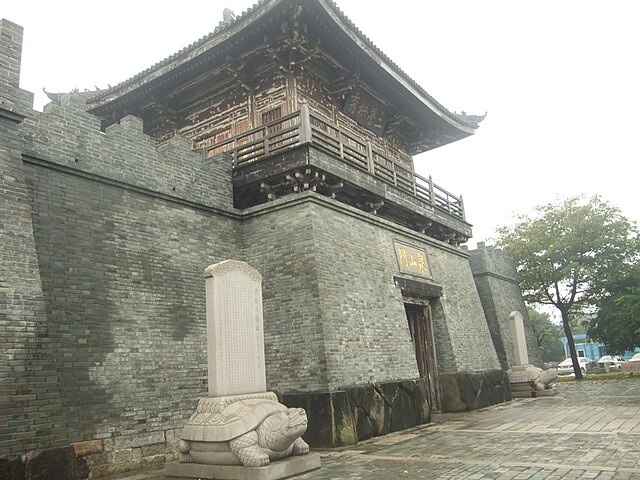
Most people probably are familiar with a sad episode of Spanish history: the expulsion of the Jews from Spain in 1492. Fewer people are aware that another large group of people were expelled from Spain a century later. They were the nominally Christian descendants of the Spanish Muslims, known as the Moriscos, as well as any not-yet-converted Muslims (the Mudéjares).
Unlike the expulsion of the Jews, the expulsion of the Moriscos was carried out in many stages. Typically, when the Spanish took over a Muslim city during the Reconquista, they allowed the local Muslims to stay; but a few years later *something* would happen, and the tMuslims of that particular region would be told to convert to Christianity or to leave the country. A few decades later, something else would come along, and those "New Christians" of Muslim origin - a.k.a. the Moriscos - were thought to be dangerous for the state, and were to be relocated to another part of Spain, or to be expelled from the country altogether. And so it went through the 16th century, until the total expulsion of 1609-1614.
In his books - probably, one of the first "fully modern" books on the topic - Henri Lapeyre covers most of this sad history. His focus, however, is on the historical and geographical detail: he studies all census records, inquisition reports, ship manifests etc to figure how many people were actually expelled from each town or county and when; from which port (or Pyrenean pass) they departed, and where they went. The amount of statistics is somewhat excruciating for most non-specialist readers; however, if you have an interest in the history of some particular locality, here you can find all the relevant Morisco facts (or numbers) for it.
If Lapeyre were to write this book 50 years later, it probably would not be a paper book at all; these days, something like this could have been more easily published as an Excel file. (Incidentally, most of the pages in the copy of his book that I saw had not even been cut in 54 years since it had been printed). The books has plenty of fairly detailed maps, too - these days, that probably could have been done with a Google Maps layer.
Anyway, besides the dry statistics (totaling up to about 300,000 Moriscos and Mudéjares in Spain on the eve of the expulsion, and about 275,000 expelled), the book does have a lot of interesting detail. For example, the official motivation for the expulsion of the Moriscos was of the national security kind ("What if there is a war with Turkey?") and religious kind ("crypto-Muslims" - and their children don't join the clergy or monasteries, so their population grows way too fast!). But the more real, popular, motivation, was apparently different: it is said that in the popular view, at least, the Moriscos were working a bit too hard, and, even worse, spending much less money than their "Old Christian" neighbors. (Half as much, as per some ecclesiastics' reports). Thus they kept growing rich, despite often holding non-prestigious jobs in Spain's cities. So it seems to me that in the century after the expulsion of the Jews, the Moriscos took the same role in Spanish society - or at least in the popular mind - that Jews did elsewhere in Europe.
Of course, it's not like everyone wanted the Moriscos to go. For example, in Granada, the city government petitioned the Royal authorities to let some Moriscos stay: at least a dozen of plumbers (because nobody else knew how to maintain the 's plumbing in the Alhambra and elsewhere in the city), at least a dozen of silk dyers (so that they could teach some Christians how to produce the right colors), and, surprisingly, a dozen of real estate experts. In Valencia's countryside, too, 6% of all rural Moriscos were allowed to stay behind for some time in order to transfer the irrigation systems in good order to the new Christian settlers.
The children also became a thorny issue: in some areas (Valencia), children under 4 years old were allowed to stay behind, with parents consent, presumably to be adopted by good Christians. In Castile and Andalusia, Morisco children under 6 years old *had* to be taken from their parents stay behind if their parents were leaving for Muslim countries, but could be taken along by the parents if they were leaving for Christian countries. This rule, apparently, resulted in some rather strange itineraries.
I wish this book had a better coverage of what happened to the Moriscos once they landed in Africa - after all, some of them weren't even speaking Arabic anymore, 3-4 generation after the end of the Reconquista! This is obviously outside of the scope of the Lapeyre's book, and he only discusses the post-expulsion very briefly in the "Conclusion" of his book





